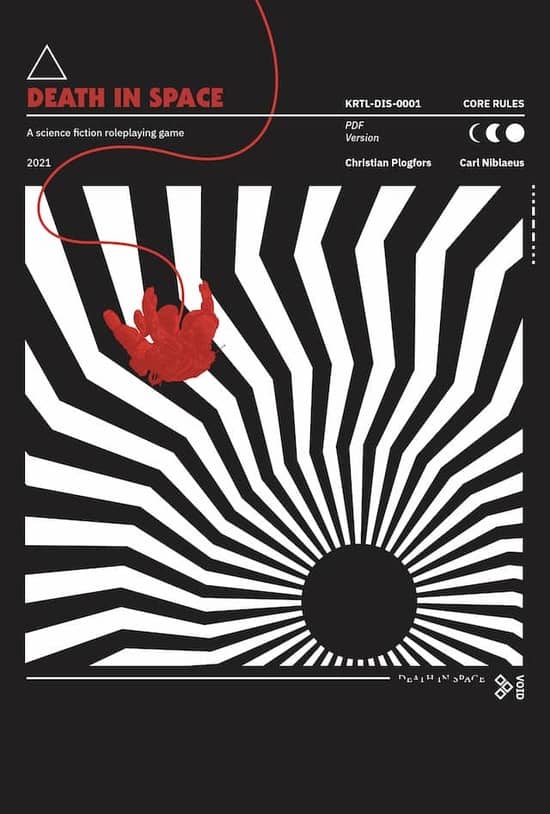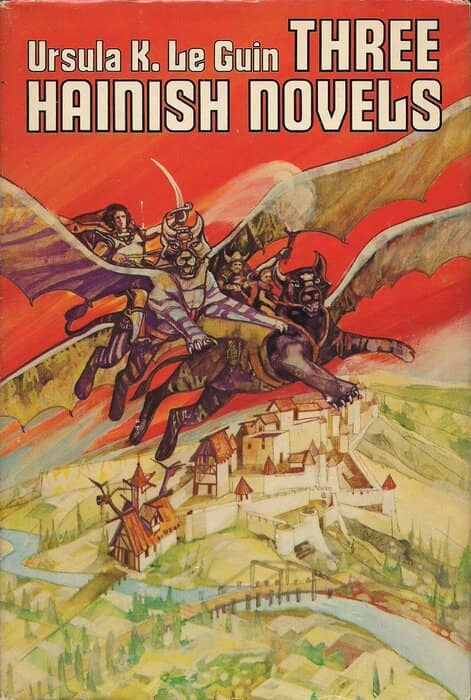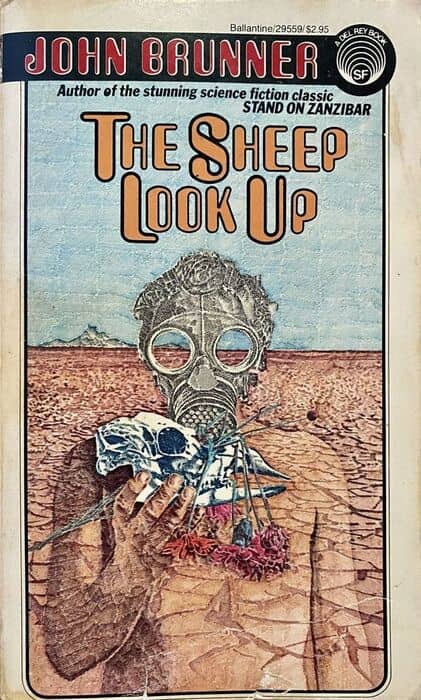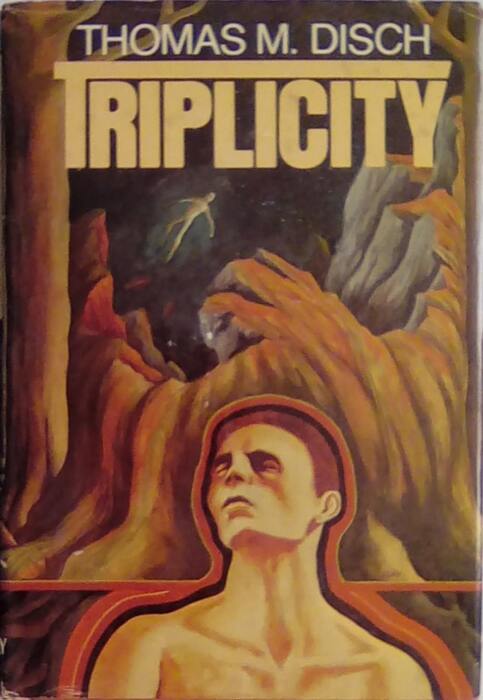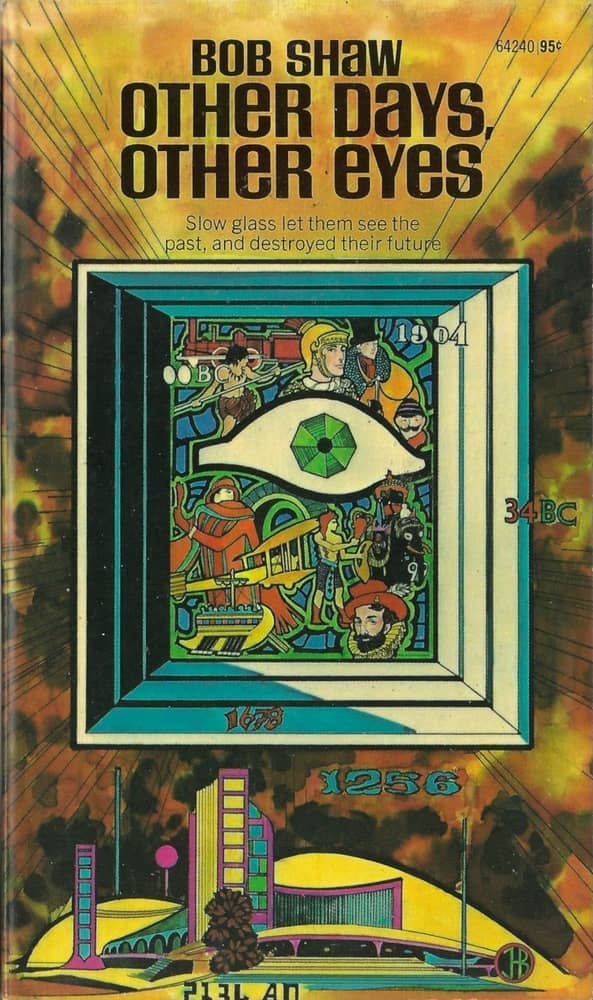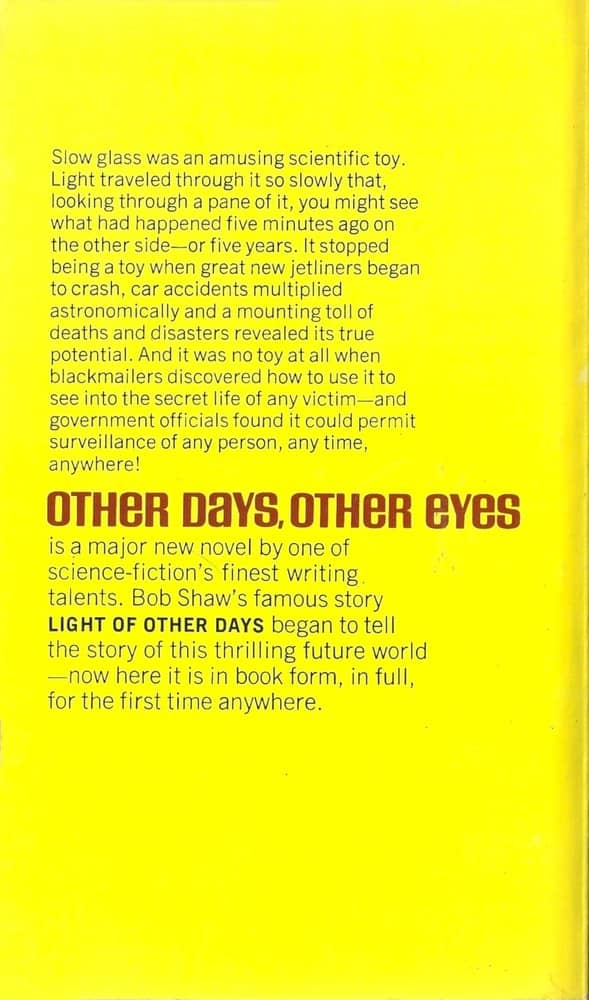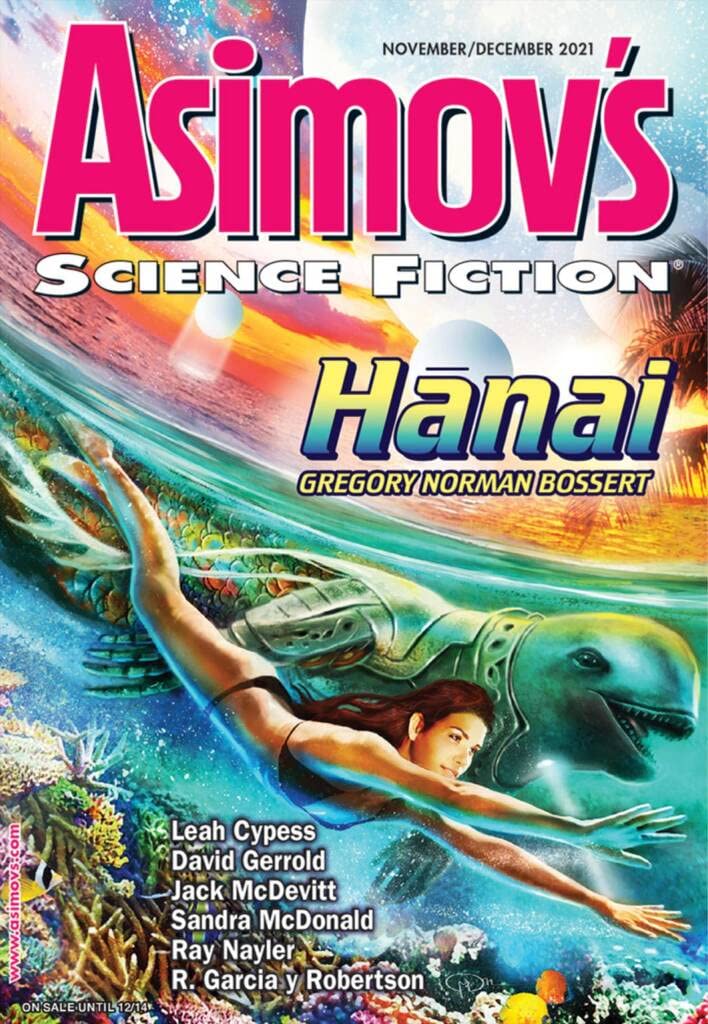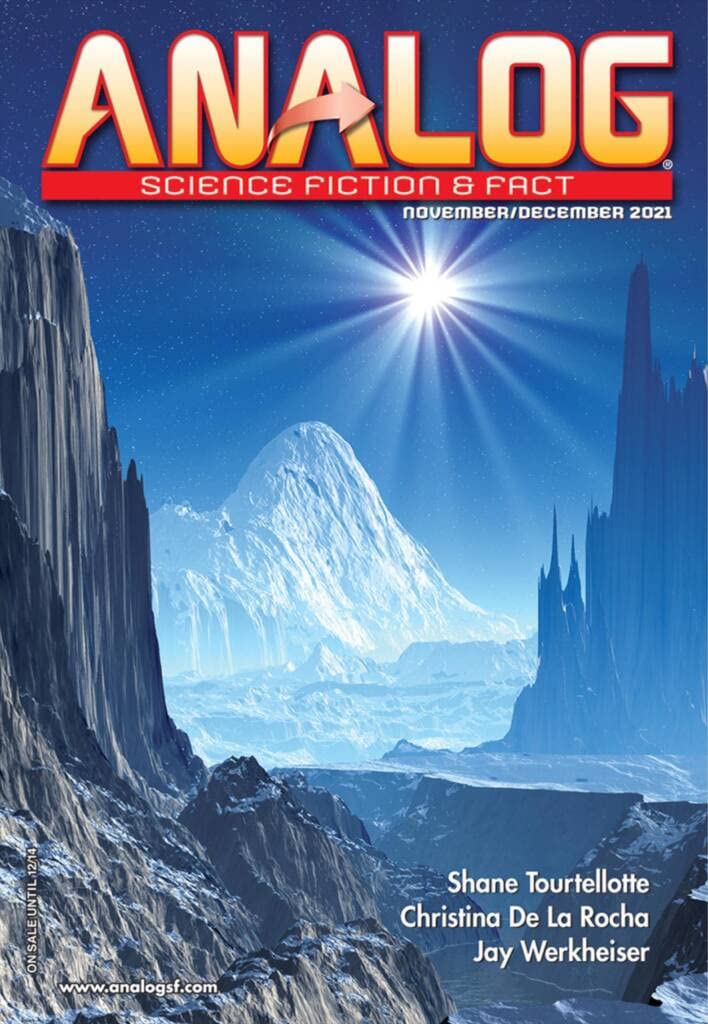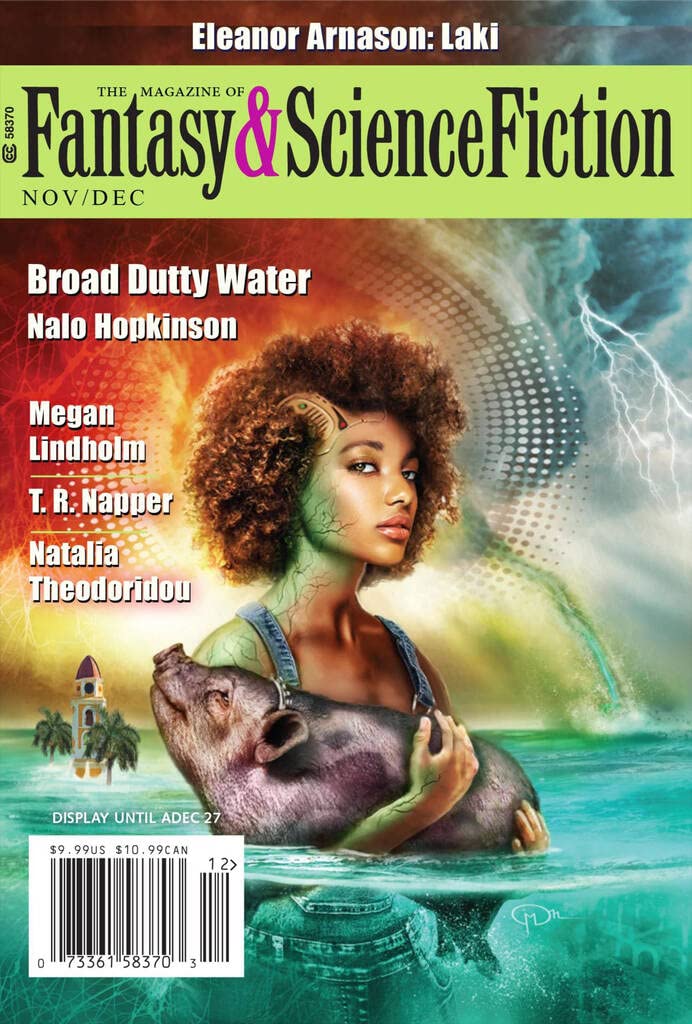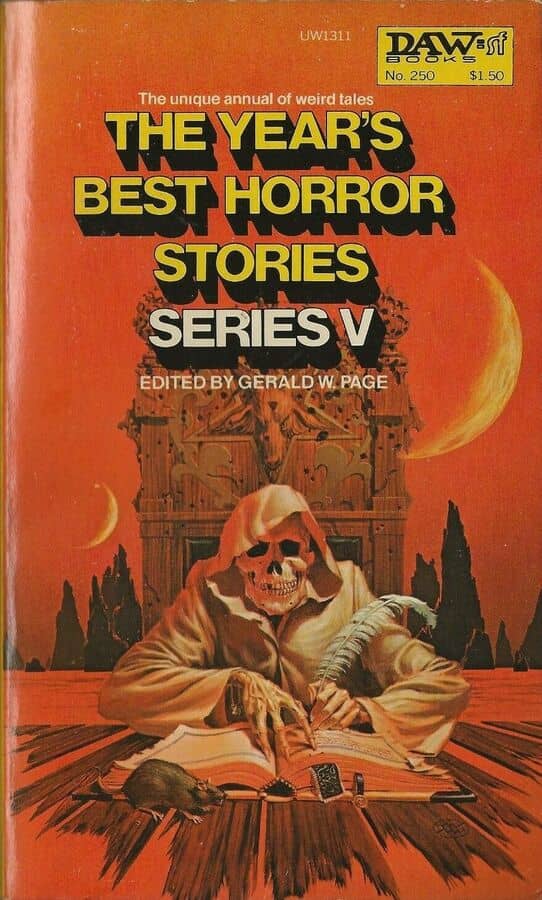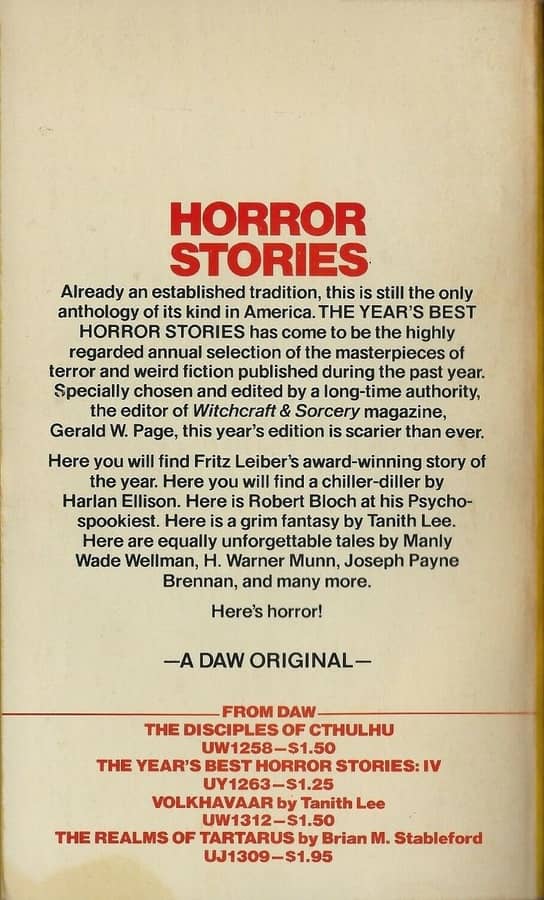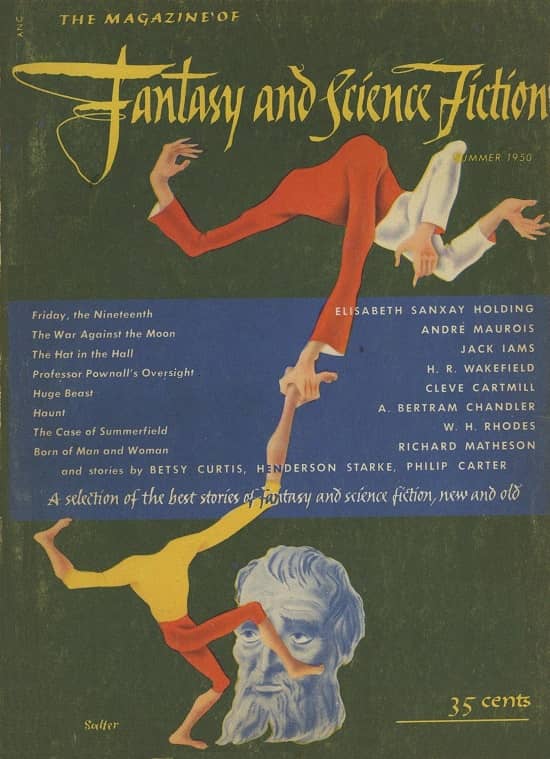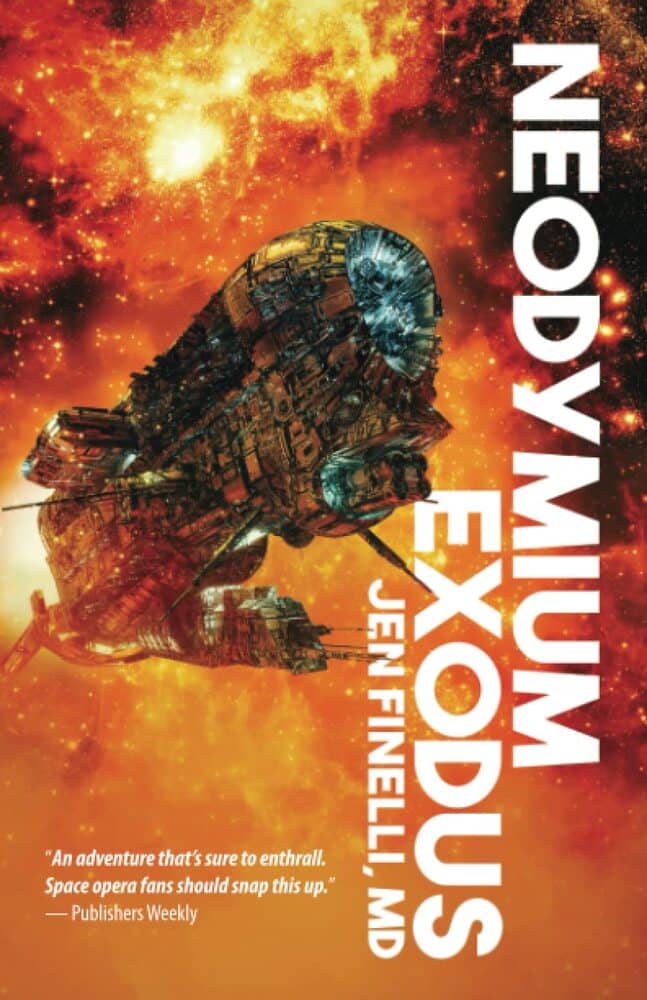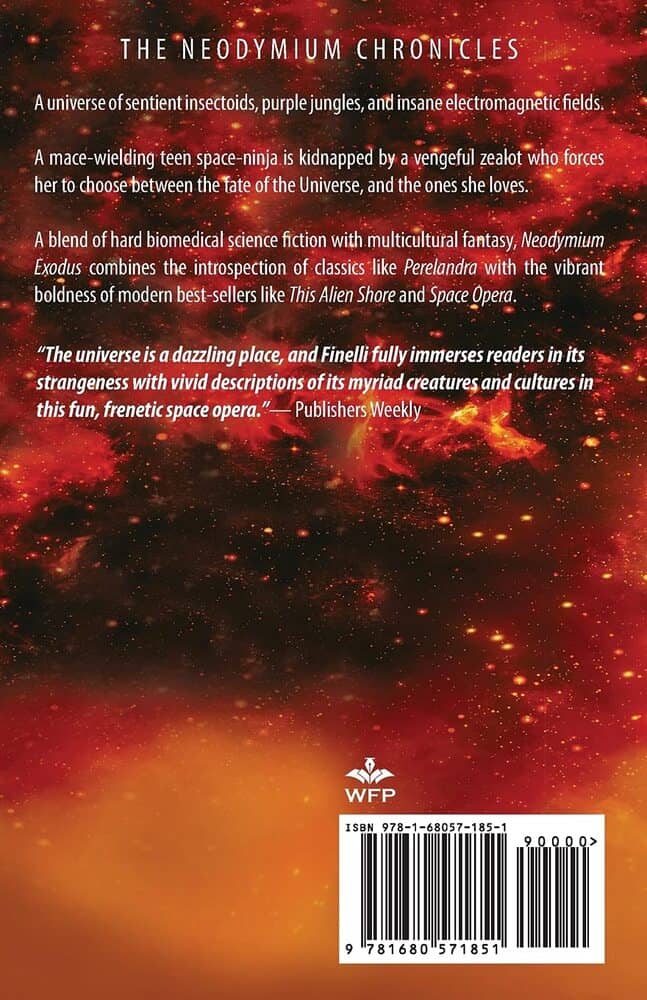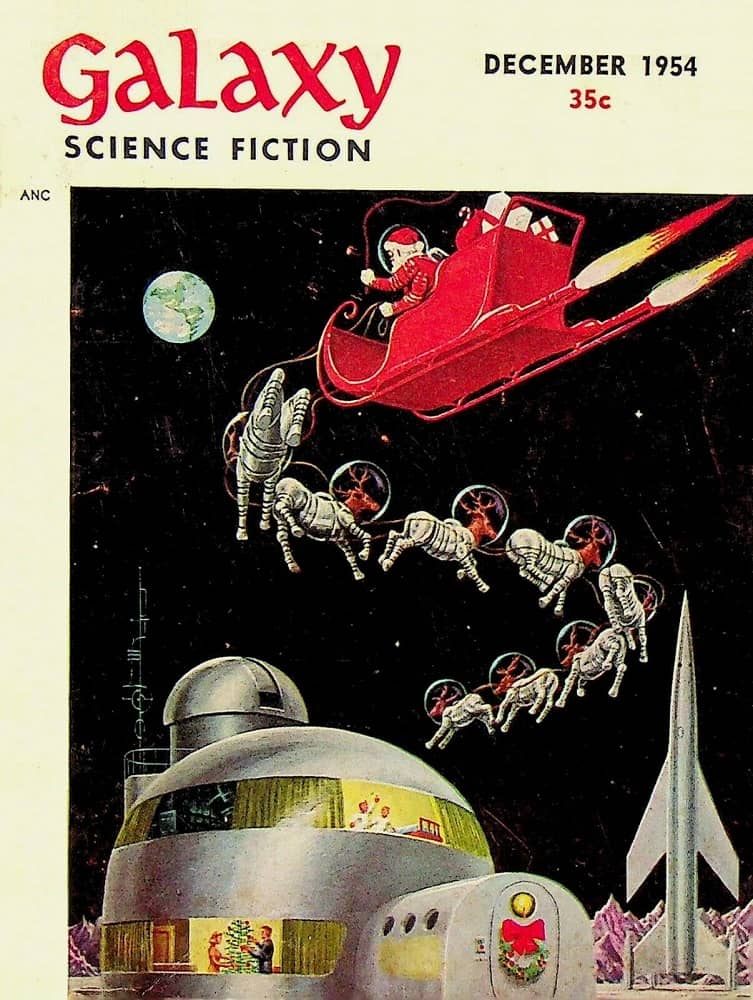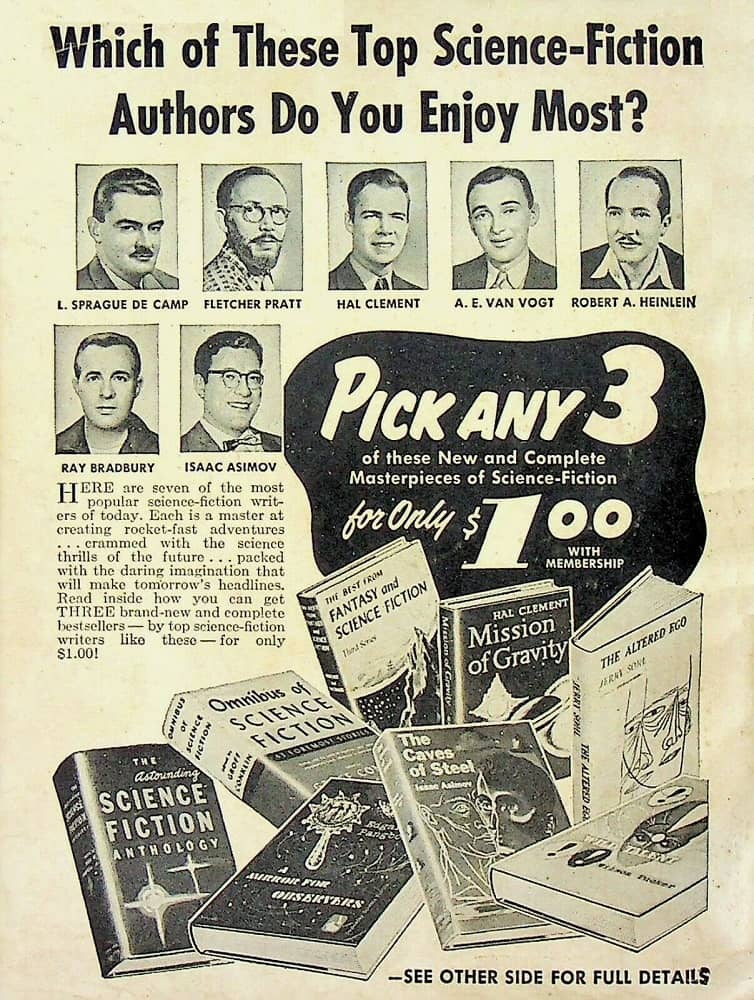The Cold and Encroaching Doom of Death in Space
Player and gamemasters (GMs) of tabletop roleplaying games often refer to “crunch.” This is in reference to how the mechanics of the game work, and generally (though I suspect some folks will fight me on this), a crunchier game has more context-based rules. For example, the least crunchiest game is someone roles a 20-sided die and no matter what, if it rolls above 10, it is always a success. You start adding crunch to it when the rules start to say, “okay, not modify that roll by +2 for attempting to break a grapple or -1 if doing the task in the dark.” Games can get crunchy in a whole lot of ways (lots of rules for various situations–looking at you Starfinder). Some go way crunchy (an example of an extreme crunchy game is Dystopia 23, see my article here).
In the early 2000s, games tended to get more complex and crunchier and a “movement” referred to as the OSR, or old-school revival (sometimes old-school renaissance), crept into the tabletop gaming community. Originally hearkening back to the supposed simpler days of tabletop RPGs in the early 70s (okay, the early days of Dungeons & Dragons), the movement’s core can best be summed up in “rulings over rules.”
